Black Puffer Coat with Hood
Black puffer coats with hoods combine essential warmth with practical head protection, creating the ultimate winter defense system. The addition of a functional hood transforms a standard puffer into a complete cold-weather solution, offering critical protection for your head and neck against wind, snow, and freezing temperatures. Whether you prefer sporty technical designs with adjustable features or fashion-forward styles with luxurious trim details, a hooded black puffer delivers both performance and style for the coldest months.

Why Choose a Hooded Puffer?
Enhanced Warmth Protection
Hoods provide critical heat retention benefits:
- Head Heat Loss Prevention: Up to 30% of body heat escapes through an uncovered head.
- Ear Protection: Shields sensitive ear cartilage from painful cold exposure and wind.
- Neck Coverage: Creates a seamless warmth barrier between coat collar and head.
- Wind Blocking: Forms a protective microclimate around your face in gusty conditions.
Practical Convenience
Integrated hoods offer everyday advantages:
- Always Available: Never forget your hat—your hood is permanently attached.
- Quick Deployment: Instant protection when weather suddenly changes.
- Hands-Free Design: No need to carry separate headwear when not in use.
- Hair Protection: Guards against static, wind damage, and precipitation.
Style Versatility
Hooded puffers offer aesthetic advantages:
- Face Framing: Creates a flattering silhouette around the face.
- Sport-Luxe Appeal: Communicates both athletic functionality and urban style.
- Customizable Look: Can be worn up, down, or partially zipped for different effects.
- Design Potential: Opportunity for distinctive details like fur trim or adjustable features.
Hood Design Guide
Fixed vs. Detachable Hoods

Fixed Hood Benefits
- Streamlined look with fewer seams and openings
- More reliable water and wind resistance at neck junction
- No risk of losing detachable components
- Often more deeply insulated for maximum warmth
Detachable Hood Benefits
- Convertible styling options for different looks
- More comfortable for indoor wear when hood is removed
- Easier to clean hood component separately
- Option to create a cleaner collar silhouette
Hood Adjustment Systems

Technical Adjustments
- Multi-point drawcord systems for customizable face opening
- Peripheral vision adjusters to maintain sight lines
- Helmet-compatible designs for sports and activities
- Hidden adjustment points for clean aesthetics
Fashion-Forward Features
- Removable faux fur or shearling trim options
- Oversized hood designs for dramatic effect
- Contrasting interior linings for visual interest
- Structured hood shapes that maintain form when worn
Insulated Hoods
Hoods with built-in insulation matching the coat body. Provides consistent warmth throughout. Optimal for extremely cold conditions.
Best for: Deep winter and severe temperature environments.
Funnel/High Collar Hoods
Combines a high-standing collar with integrated hood. Creates sophisticated silhouette with excellent neck protection even when hood is down.
Best for: Urban environments and style-conscious consumers.
Three-Panel Hoods
Engineered with three separate panels for improved fit and movement. Provides better peripheral vision and more natural head rotation.
Best for: Active lifestyles and performance requirements.
How to Style Hooded Puffers

Modern Street Style
Embrace urban aesthetics by pairing your hooded black puffer with contemporary streetwear. Try high-waisted straight leg jeans, chunky sneakers, and a cropped hoodie or turtleneck underneath. Layer with cross-body bags or belt bags for functionality with style. For a fashion-forward touch, experiment with proportions by choosing an oversized puffer silhouette against slim bottoms, or try the hood up with sunglasses for an incognito vibe that's both practical and statement-making.

Elevated Casual
For a sophisticated approach that doesn't sacrifice warmth, pair a slim-fit hooded puffer with tailored pieces. Choose wool trousers or a midi skirt with tall boots, and add a fine-gauge sweater or button-down shirt. Keep the hood down when indoors or for a more polished look, using it as a design feature rather than a functional element. Complete the ensemble with structured accessories like a leather tote or sleek leather gloves to balance the coat's sportier elements.
Hood Styling Tips
When to Wear Hood Up
- Weather Protection: The primary function—deploy during precipitation, wind, or extreme cold.
- Street Style Statement: Creates a framed face and dramatic silhouette for urban looks.
- Bad Hair Days: A practical and stylish solution when hair isn't cooperating.
- Evening Settings: With a fur-trimmed hood, creating an elevated, glamorous effect.
Accessories with Hooded Puffers
- Headwear Options: Thin beanies or caps can be worn under hoods for extra warmth and style.
- Scarf Coordination: Choose shorter or infinity scarves that won't compete with the hood.
- Earring Considerations: Opt for studs or small hoops that won't catch on hood fabric.
- Hood-Up Eyewear: Sunglasses or glasses with secure fit that won't be displaced by the hood.
Featured Hooded Black Puffer Coats

H&M Hooded Faux Leather Puffer Jacket

Super Light Packable Hooded Padded Jacket

Primark Funnel Neck Padded Jacket

Zara Contrast Puffer Jacket

Pull&Bear Padded Puffer Jacket with Hood

ASOS DESIGN Puffer Jacket with Hood (Women)

Moncler Maire Hooded Short Down Jacket

Moncler Glygos Hooded Down Gilet Vest

Moncler Bady Short Down Hooded Jacket

Canada Goose Abbott Hoody

New Look Black Cropped Puffer Coat

boohoo Black Hooded Crop Puffer Jacket

ZARA Black cropped puffer jacket

PrettyLittleThing Black Basic Hooded Zip Up Cropped Puffer Jacket

Aritzia SuperSnug Puff Mid Coat

Lululemon Wunder Puff 600 Down Fill Long Jacket

Lululemon Wunder Puff Cropped Vest

Quince Responsible Down Long Puffer Jacket - Black

Lululemon Wunder Puff Belted Waist 600-Down-Fill Vest

Columbia Women's Pike Lake™ II Insulated Hooded Puffer Jacket

Columbia Women's Lake 22™ II Down Long Hooded Jacket

H&O Direct Mid-Length Lightweight Padded Coat with Detachable Hood

Lands' End Women's Hooded Wanderweight Ultralight Packable Long Down Coat

Be You Hooded Puffer Coat

The North Face ThermoBall™ Eco Hooded Parka

Bernardo Hooded Puffer Jacket With Bib

Extra Long Salomon Down Jacket With Fur Trim Hood

Canada Goose Hybridge Lite Hooded Black Label Jacket

M&Co Black Quilted Longline Padded Puffer Coat

Styledup Black Puffer Coat With Faux Fur Hood And Trim

Nike Sportswear Classic Puffer – Women's Therma-FIT Loose Hooded Jacket

SELECTED FEMME Long Puffer Coat
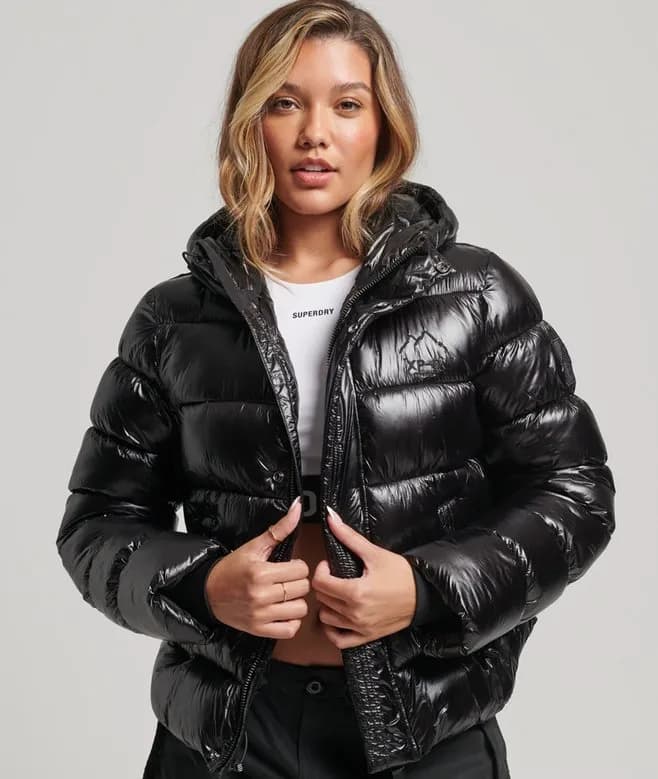
Superdry womens Hooded Shine Sports Puffer Jacket in Black

Tommy Hilfiger Down-Filled Glossy Hooded Puffer Coat | Black
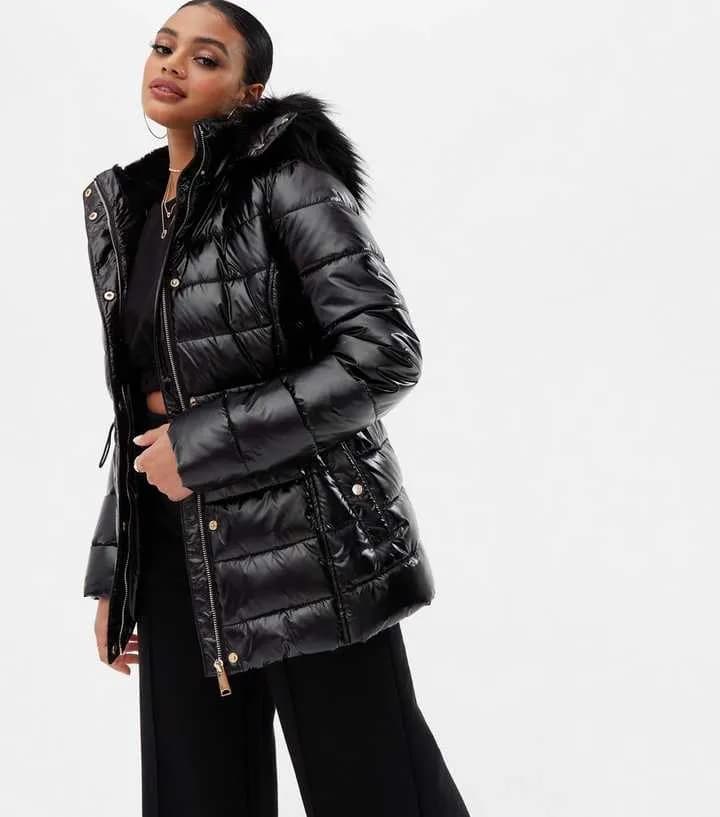
New Look Black Hooded Wet Look Puffer Jacket

MissPap Hooded Vinyl Puffer Jacket
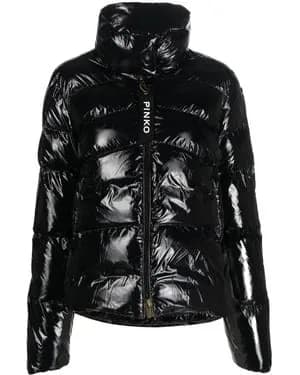
Pinko Quilted Hooded Puffer Jacket - Black (Glossy)
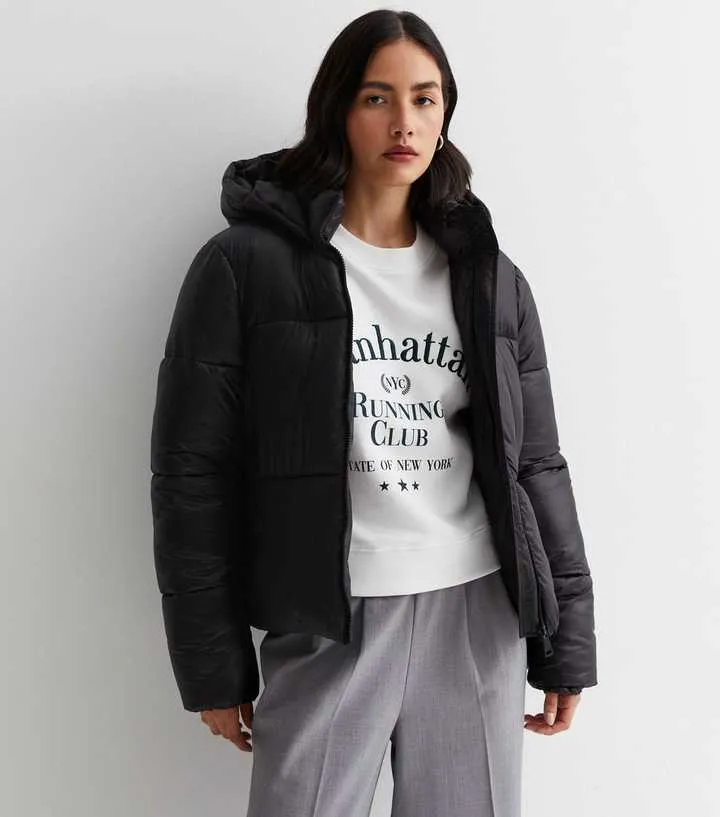
New Look Black High Shine Hooded Puffer Jacket
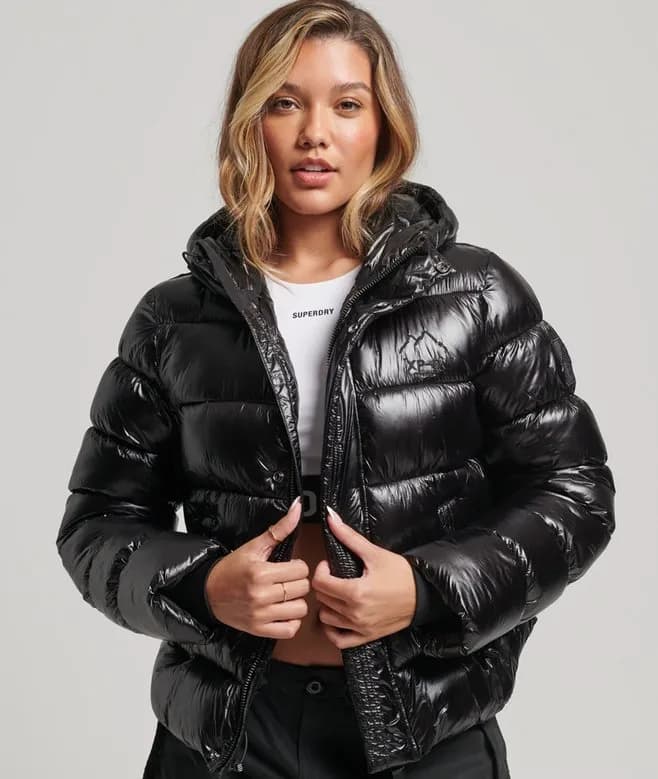
Superdry Hooded Shine Sports Puffer Jacket
Hood Care & Maintenance
Special Hood Considerations
- 1
Fur Trim Maintenance: Remove and store detachable fur trim separately when not in use. Gently brush faux fur with a soft clothing brush to maintain appearance and prevent matting.
- 2
Drawcord Care: Inspect hood drawcords regularly for fraying or damage. Replace broken cord locks promptly to maintain adjustment capabilities. Avoid machine washing coats with metal drawcord components.
- 3
Hood Cleaning Focus: Pay special attention to hood edges that contact your face and hair. These areas collect oils and makeup requiring more frequent spot cleaning than the rest of the coat.
- 4
Detachable Hood Storage: When removed, store detachable hoods flat rather than folded to maintain shape. Use the attachment mechanism (snaps/zipper) to secure the hood to the coat when in storage to prevent loss.
Prevention & Protection
- 1
Face Oil Transfer: Apply water-repellent spray more frequently to hood edges that contact skin to prevent oils from degrading the fabric and water resistance over time.
- 2
Haircare Product Damage: Be mindful of interaction between styling products and hood fabrics. Products with alcohol can degrade DWR treatments. Consider a thin cap if using many styling products.
- 3
Hood Shape Maintenance: When drying after washing, stuff the hood with a small towel to help maintain its three-dimensional shape and prevent flattening or distortion of engineered panels.
- 4
Zipper Junction Protection: Apply zipper lubricant to hood attachment zippers twice per season. The hood-to-collar junction is particularly vulnerable to water ingress if zipper function degrades.
Frequently Asked Questions
Yes, hooded puffers provide significantly more warmth than their non-hooded counterparts. Scientific studies indicate that covering your head can reduce total body heat loss by up to 10-30% in cold conditions. The hood creates a crucial thermal barrier around your head and neck, preventing heat escape from these highly vascular areas. Additionally, hooded designs typically feature more insulation at the critical neck-shoulder junction where body heat readily escapes. Wind protection is also enhanced, as hoods block convective heat loss that occurs when cold air passes around your head and neck. The warmth advantage becomes most noticeable in extremely cold conditions, particularly when stationary outdoors for extended periods.
Securing your hood in windy conditions requires a combination of design features and adjustment techniques: 1) Use the drawcord adjustment system to create a custom fit around your face, with a balanced tension thats snug but not uncomfortable; 2) Look for hoods with elastic binding around the face opening, which provides a more secure seal; 3) For maximum security, choose designs with multiple adjustment points—ideally one at the front/chin and another at the back/crown; 4) Consider hoods with a slight peak or brim at the forehead, which helps deflect wind and maintain position; 5) Properly zip your coat to the highest point to support the hoods base; 6) Some premium technical designs include a rear hood volume adjuster, which can be tightened to prevent the hood from catching wind like a sail.
Helmet compatibility varies significantly between hooded puffer designs. Standard fashion-oriented hoods typically dont accommodate helmets, but many performance and technical puffers offer helmet-compatible designs. Look for these specific features: 1) "Helmet-compatible" explicitly stated in product descriptions; 2) Adjustable hood volume with rear cinch systems; 3) Extended hood depth measurement; 4) Articulated or multi-panel construction allowing for increased capacity. Sports-specific puffers (ski/snowboard/mountaineering) almost always offer helmet compatibility. When trying coats, test with your specific helmet, as designs vary significantly between cycling, skiing, climbing and other activities. Some brands offer a "drop hood" design that can be worn either over or under a helmet for maximum versatility.
Both fur-trimmed and technical hoods offer distinct advantages for extreme cold. Fur trim (real or faux) creates a microclimate around the face by disrupting wind flow and trapping warm air—particularly effective in dry, windy, sub-zero conditions like those in Arctic regions. Indigenous cold-weather clothing has incorporated fur ruffs for centuries for this reason. Technical hoods, meanwhile, excel with precision-engineered features like articulated panels, adjustable drawcords, and waterproof-breathable construction—ideal for active use and precipitation. For maximum extreme cold protection, look for hybrid designs that incorporate both: a technical hood construction with adjustable volume and drawcords, plus a removable fur trim. This combination provides versatility across different conditions while maximizing face protection in the harshest environments.